
Sign in to your ScreenRant account
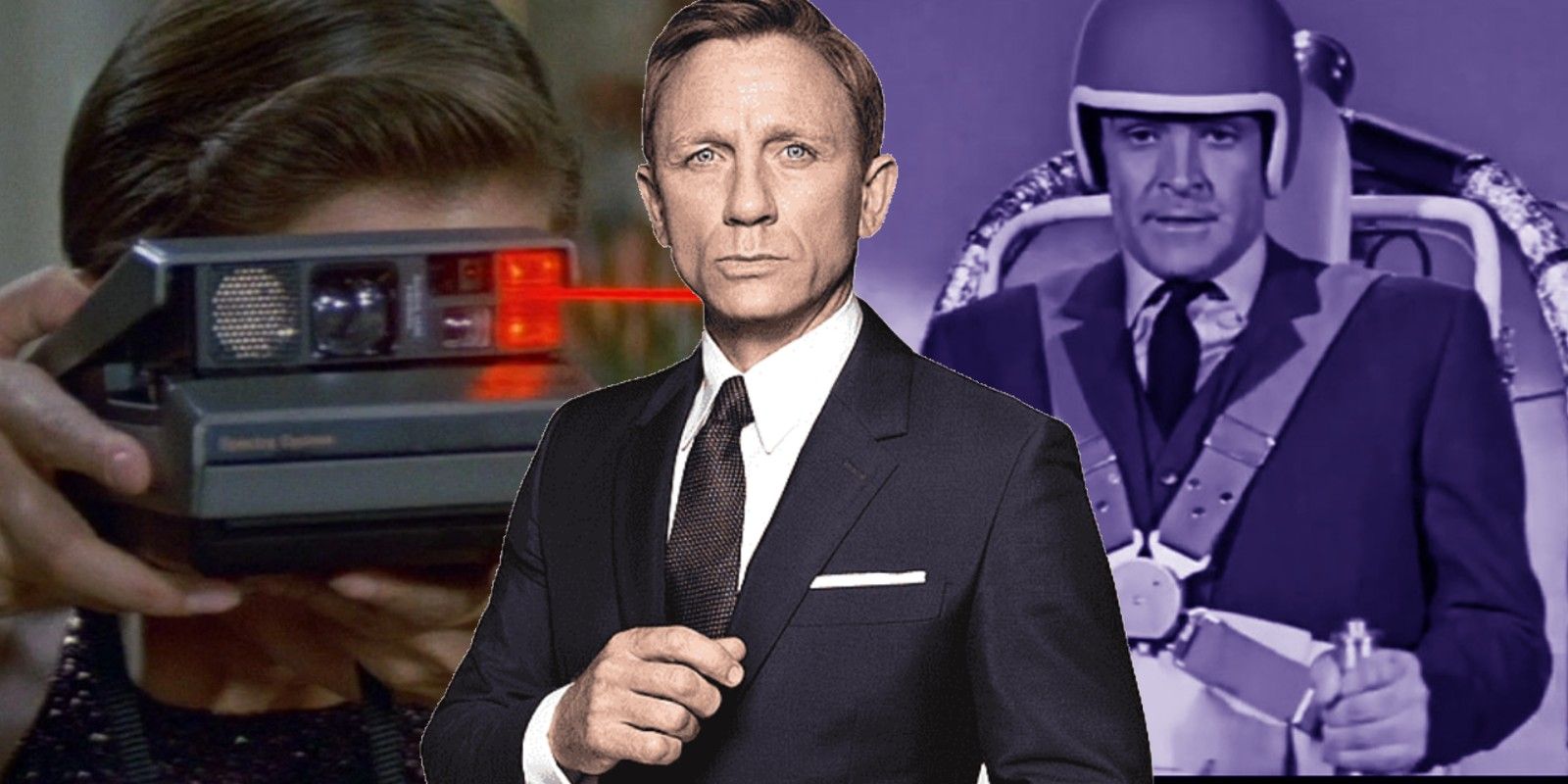
The James Bond series has been blowing viewers' minds with wild gadgetry for decades, although some may not know just how much of 007’s incredible tech has its basis in real science. As a film series based on the novels of Ian Fleming, which began with Sean Connery as Bond in 1962’s Dr. No, it’s amazing just how much tech has improved in the years since to the point that some of Bond’s gadgets have now become objects that average people use every day. Other Bond gadgets have yet to become household items but still stand as real inventions.
The best Bond movies all include incredible tech, and 007 has consistently been given access to the most unique and useful gadgetry that MI6 has to offer. From Bond’s signature cars being fitted with multipurpose modifications to uniquely advanced characteristics of some of Bond’s most iconic villains, there’s no shortage of real-life tech used by Bond as he enacted his license to kill. With a franchise history that dates back decades, it’s no surprise that much of Bond’s tech has actually become a reality.
9 Bionic Hands
Dr. No (1962)
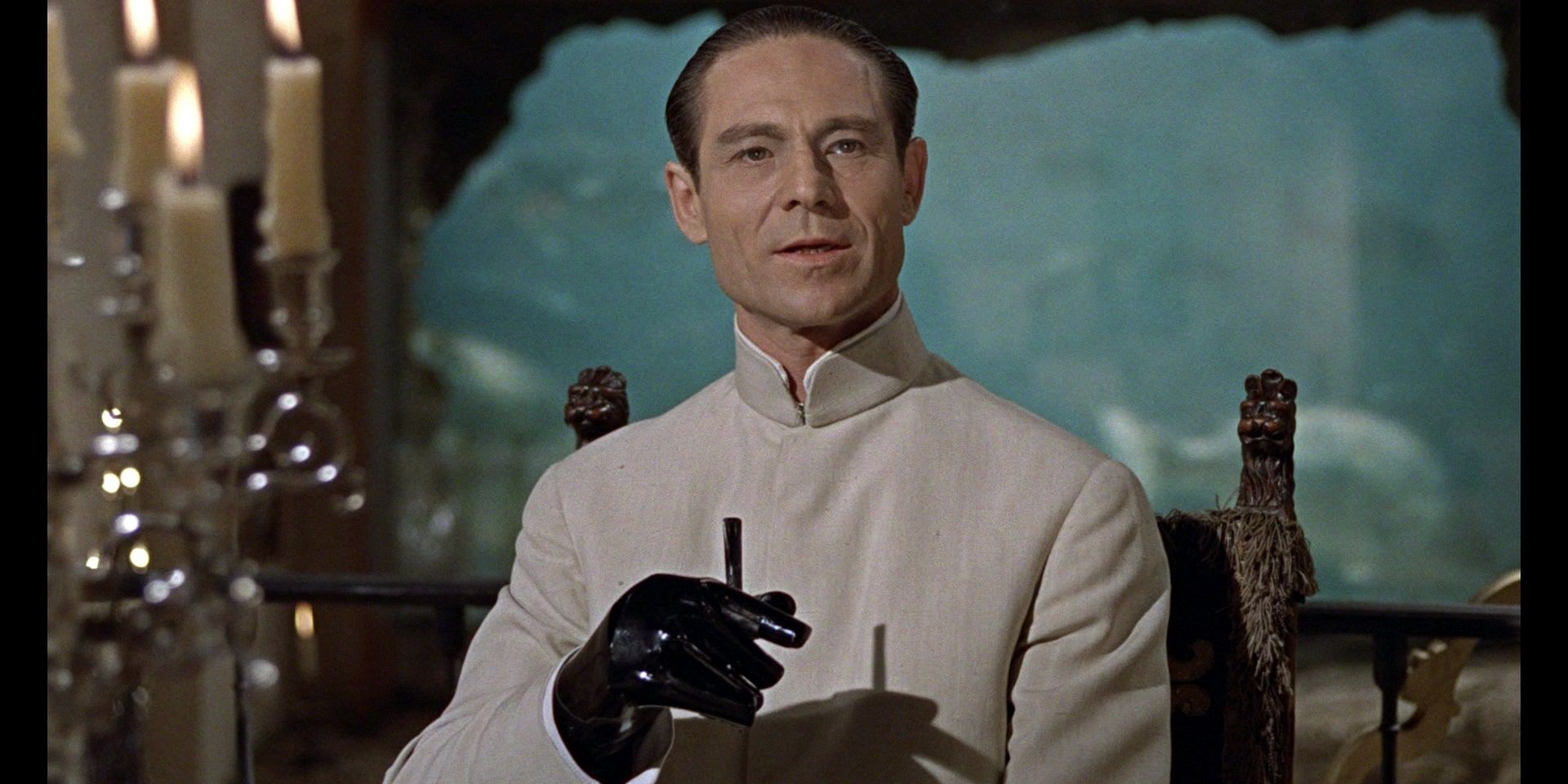
The very first cinematic outing of James Bond began a franchise that nobody could have imagined would continue to this day. While Dr. No was full of now-classic spy movie tropes and originated Bond’s famous catchphrase, “Bond… James Bond,” it also featured an antagonist whose signature bionic hands have a lot of real science behind them. As a mad scientist with a Napoleon complex, Dr. Julius No’s specialization in radiation meant that he lost his hands and replaced them with bionic metal ones.
Dr. No’s metal hands gave him super strength, but in real life, those with bionic limbs value dexterity and everyday use over gaining any sort of superpowered abilities. Bionics is a whole field of science that attempts to meld biology and technology and goes further than mere prosthetics to allow for those with disabilities, such as a missing hand, to be fitted with a new bionic one. This type of technology dates back to the 1950s, but today, it has become far more effective and much closer to functioning hands, as seen in Dr. No, albeit without super strength.
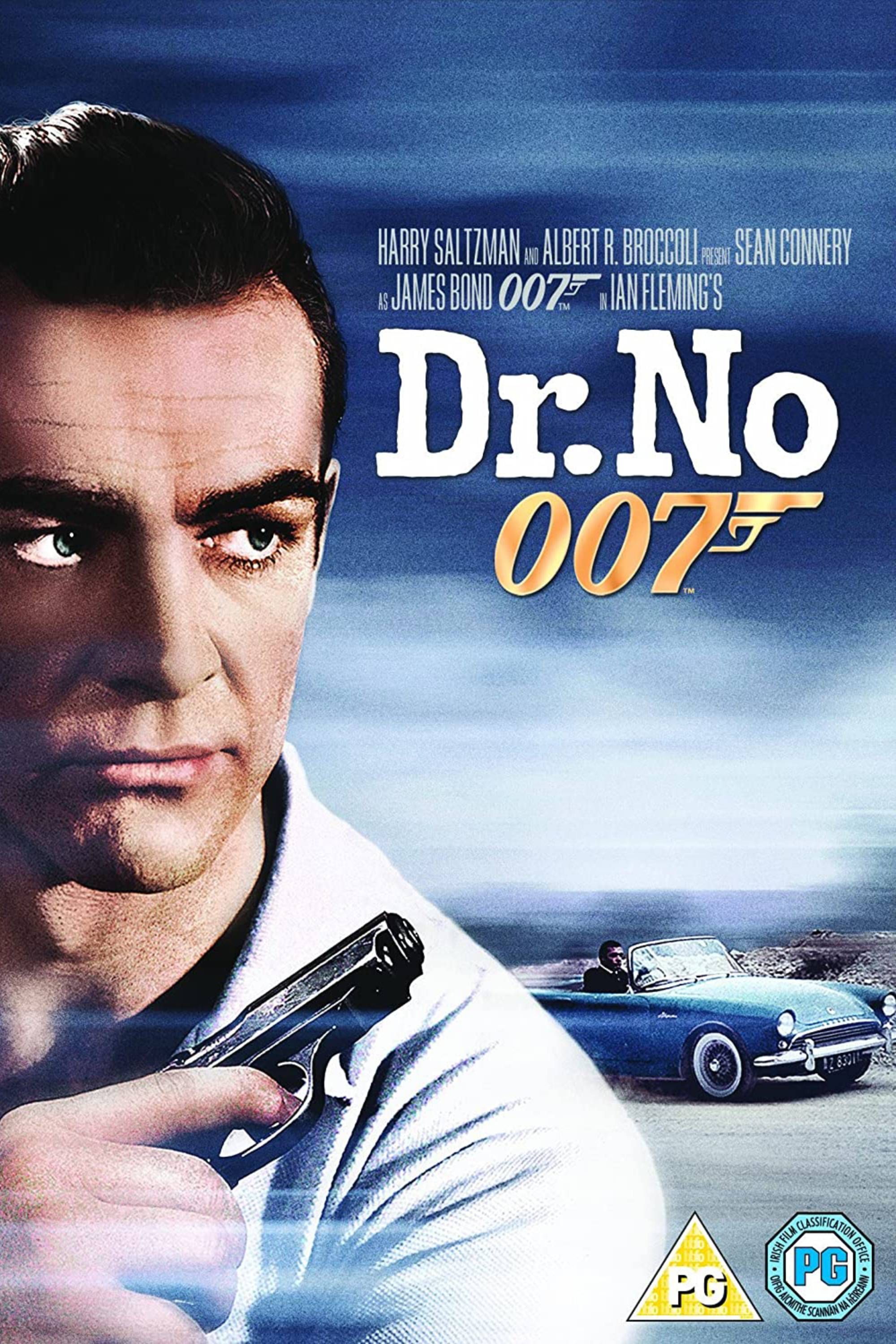
Your changes have been saved
Sean Connery stars as 007 in 1962's Dr. No, the first-ever James Bond movie. Directed by Terence Young and based on Ian Fleming's sixth Bond novel, it follows the famous spy as he investigates the disappearance of a fellow MI6 agent and uncovers a secret plot by the titular villain, played by Joseph Wiseman.
Director Terence Young
Release Date October 2, 1962
Studio(s) United Artists
Distributor(s) United Artists
Writers Terence Young
Runtime 110 minutes
Budget $1.1 million
8 The Aston Martin GPS Sat-Nav
Goldfinger (1964)
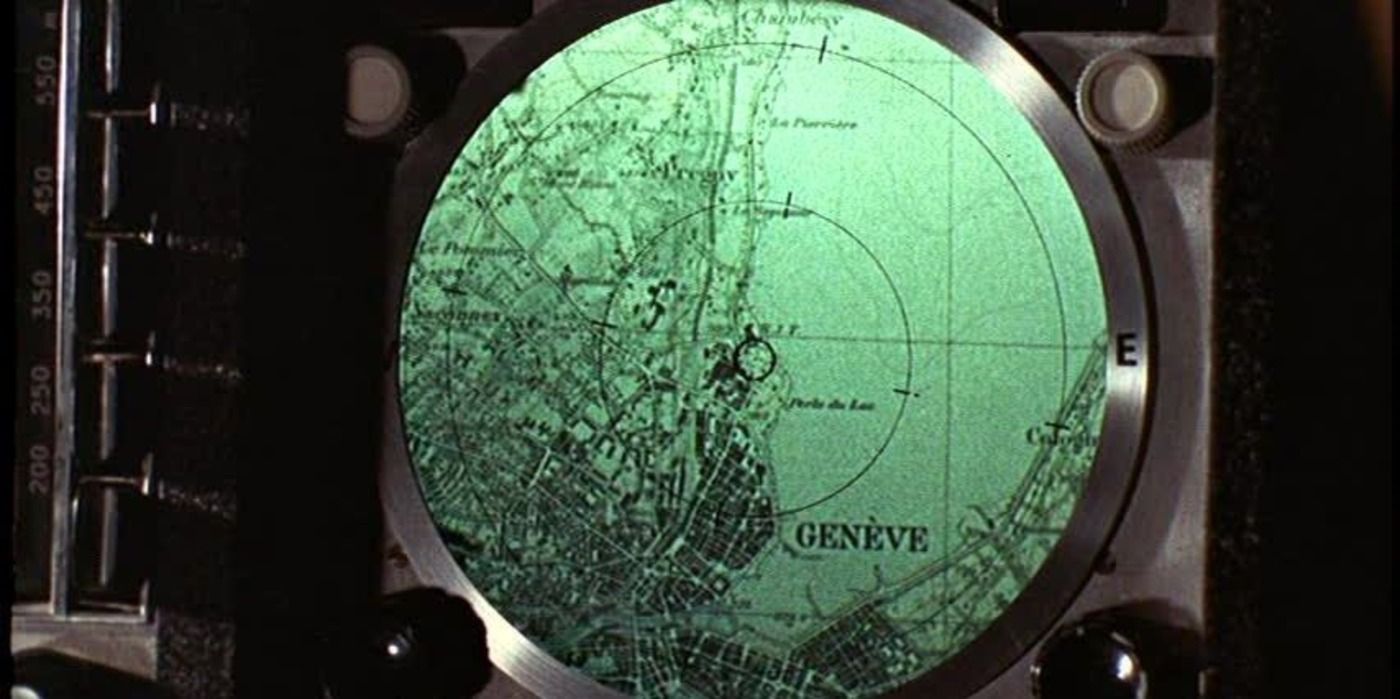
Goldfinger might just be the definitive James Bond movie and stood as the very best outing of Sean Connery as MI6 agent 007. With an iconic villain and a thrilling story, Goldfinger also introduced Bond’s most famous vehicle, the Aston Martin, which has reappeared time and again throughout the franchise. One unique piece of gadgetry seen in Bond’s car was its GPS satellite navigation, which helped 007 find the headquarters of his evil nemesis, Auric Goldfinger.
This wild piece of technology felt incredibly futuristic back when Goldfinger was released in 1964, but watching the movie today, it’s clear technology has caught up with the 1960s iteration of Bond. Not only has in-car GPS become standard for vehicles today, but it’s also been embraced by the general public and has become a major component in everyday life. GPS has made getting around without getting lost endlessly easier, and one underappreciated benefit is that drivers can now pretend they are on a Bond-like mission whenever they are driving to an unfamiliar location.
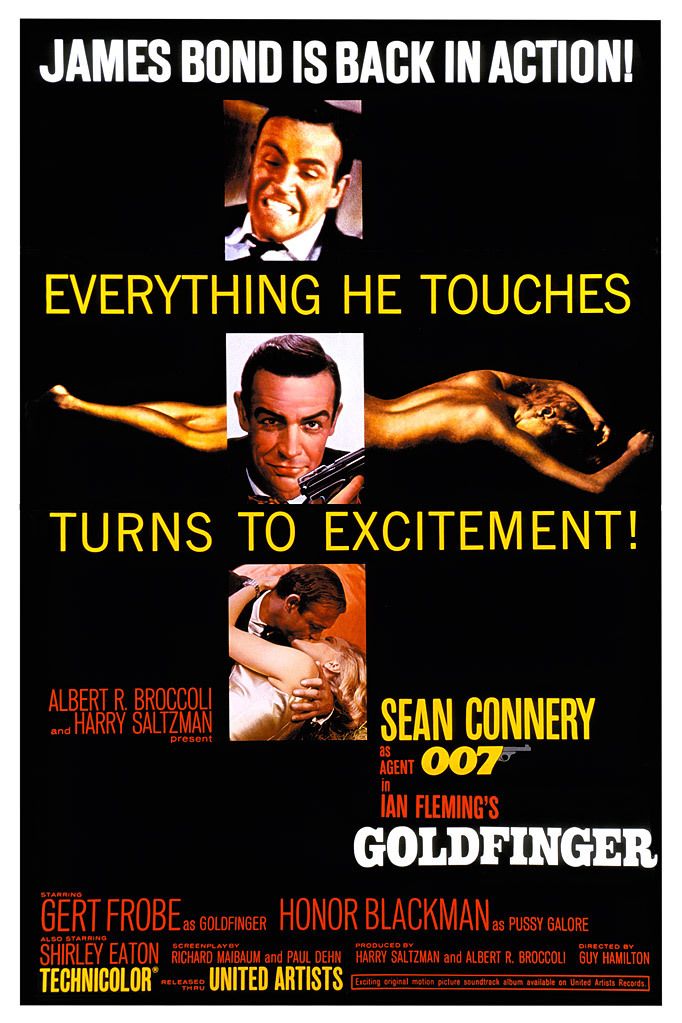
Your changes have been saved
James Bond investigates gold magnate Auric Goldfinger, uncovering a plot to contaminate the U.S. gold supply at Fort Knox. Bond teams up with pilot Pussy Galore to thwart Goldfinger's Operation Grand Slam. The mission involves daring escapes, high-stakes confrontations, and a climactic battle to save the world economy.
Director Guy Hamilton
Release Date September 20, 1964
Runtime 110 Minutes
7 License Plate Flipper
Goldfinger (1964)
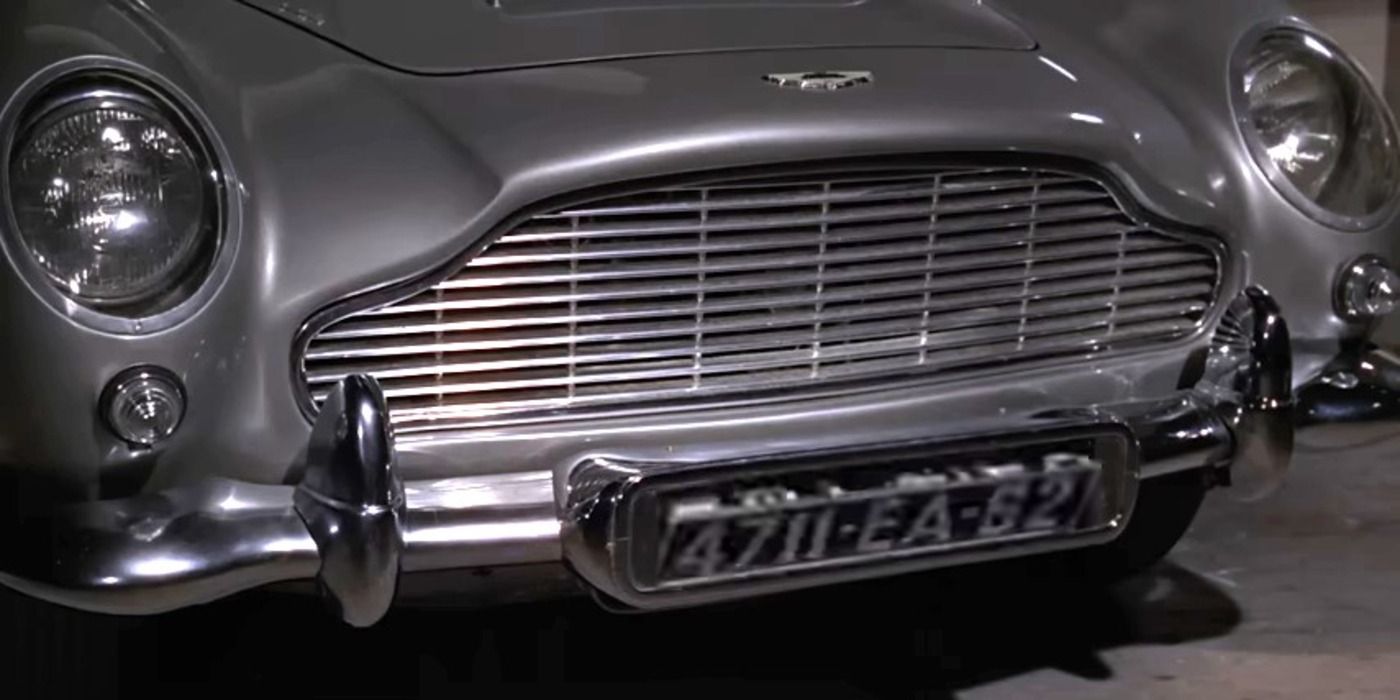
It was not just the inside of James Bond’s Aston Martin DB5 that boasted incredible examples of wild gadgetry, as the outside of the car also had some unique additions. When Q introduced Bond to his now iconic car for the very first time in Goldfinger, he revealed a license plate flipper that allowed Bond to revolve his license plate to make it valid and blend in with any country. While this modification may not have much use for the average law-abiding citizen, it makes getting undetected endlessly easier for an undercover spy.
While the legality of driving around with a falsified license plate will surely land a vehicle owner in hot water, this technology really exists and can be purchased by anyone who wishes to use it. Manufacturers like the 510 Auto Group stipulate that their stealth plate flippers are for “off-road” use only and should never be used while driving on public roads. However, for those who want to show off some James Bond-style gadgets, the iconic Aston Martin plate flipper could be just what they need.
6 The Rocket Propelled Jet Pack
Thunderball (1965)
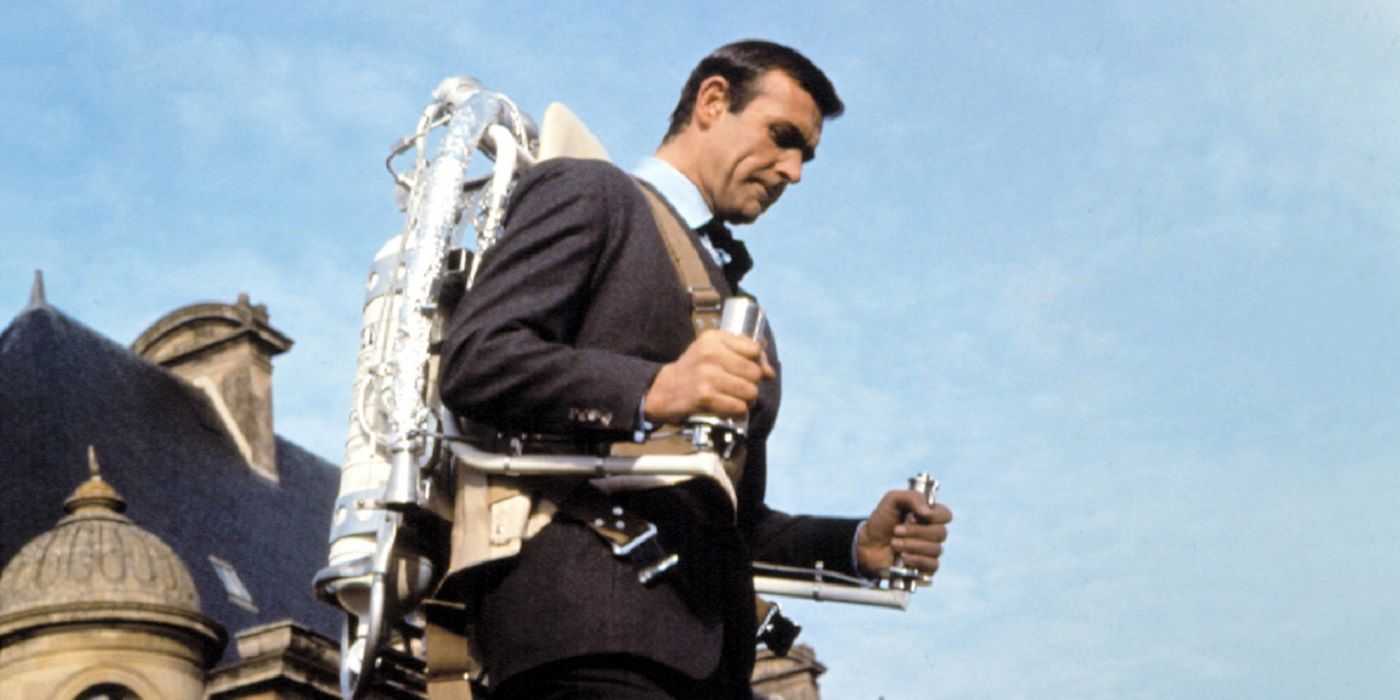
A functioning rocket-fueled jet pack may seem like the stuff of pure fantasy as viewers watched in awe when James Bond first used one in Thunderball, but the truth is these really exist. The jet pack seen in Thunderball was called the Bell Rocket Belt and was used by Bond to escape from Colonel Jacques Bouvar’s men. While this unique means of escape hasn't caught on in the nearly 60 years since Bond first used it, the Bell Rocket Belt truly exists, and according to production designer Ken Adam (via Guardian), the one Sean Connery used in Thunderball was genuine.
Adams stated the special effects in Thunderball were unlike what’s done for film today, and they genuinely needed to use the “bloody dangerous” jet pack that had been developed for the United States Army. While Adams noted the Bell Rocket Belt “only lasted a couple of minutes,” it’s exciting to think if viewers had the technology, they could actually blast themselves out of any uncomfortable situation. Bond’s jetpack was one of his most iconic gadgets and was seen again in the 2002 Pierce Brosnan Bond movie Die Another Day.
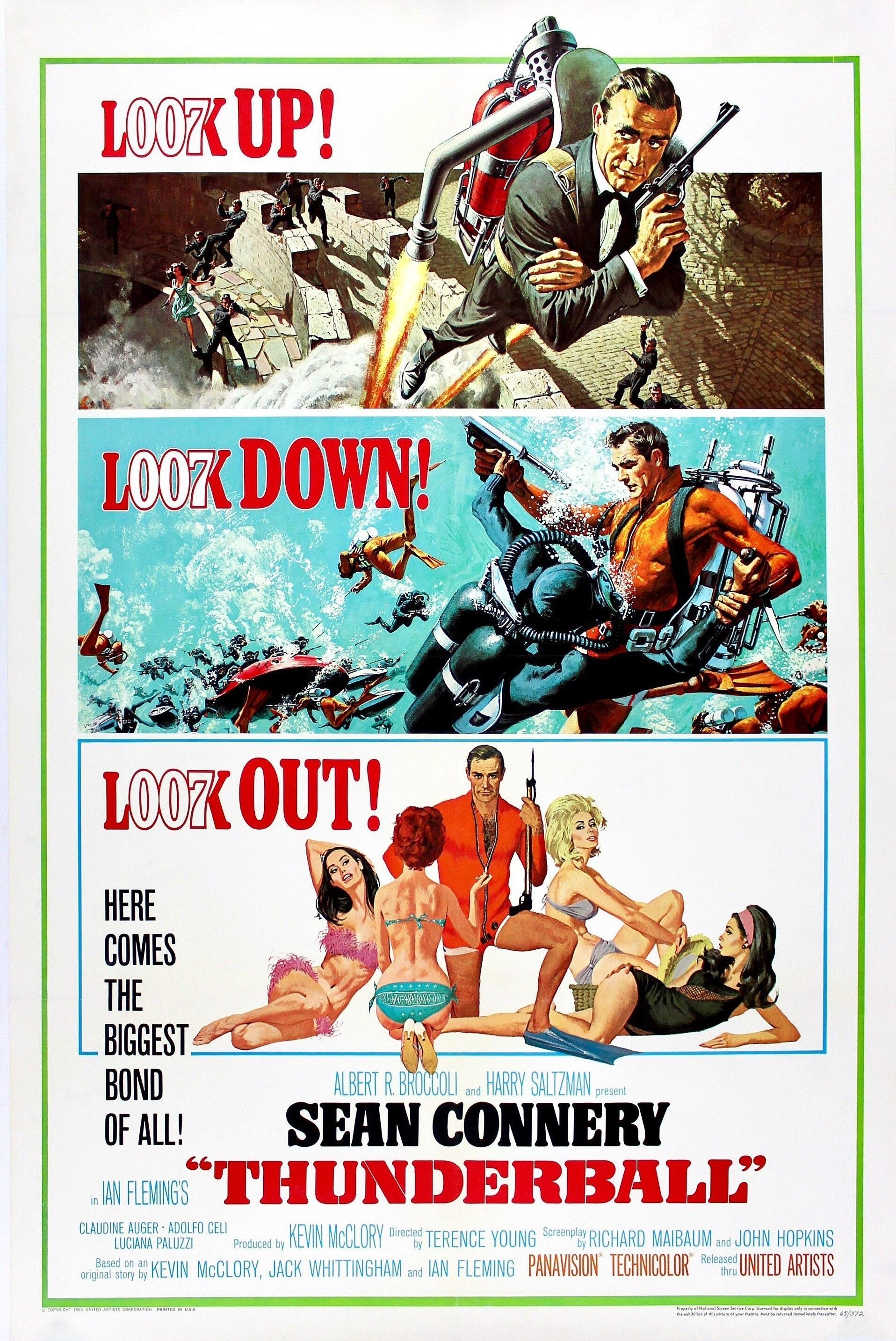
Your changes have been saved
James Bond is sent to recover two stolen nuclear warheads hidden in the Bahamas by the criminal organization SPECTRE. Bond clashes with Emilio Largo, the mastermind behind the plot, while forming an alliance with Largo's mistress, Domino. The mission culminates in an underwater battle to prevent global nuclear catastrophe.
Director Terence Young
Release Date December 11, 1965
Runtime 130 minutes
You Only Live Twice (1967)
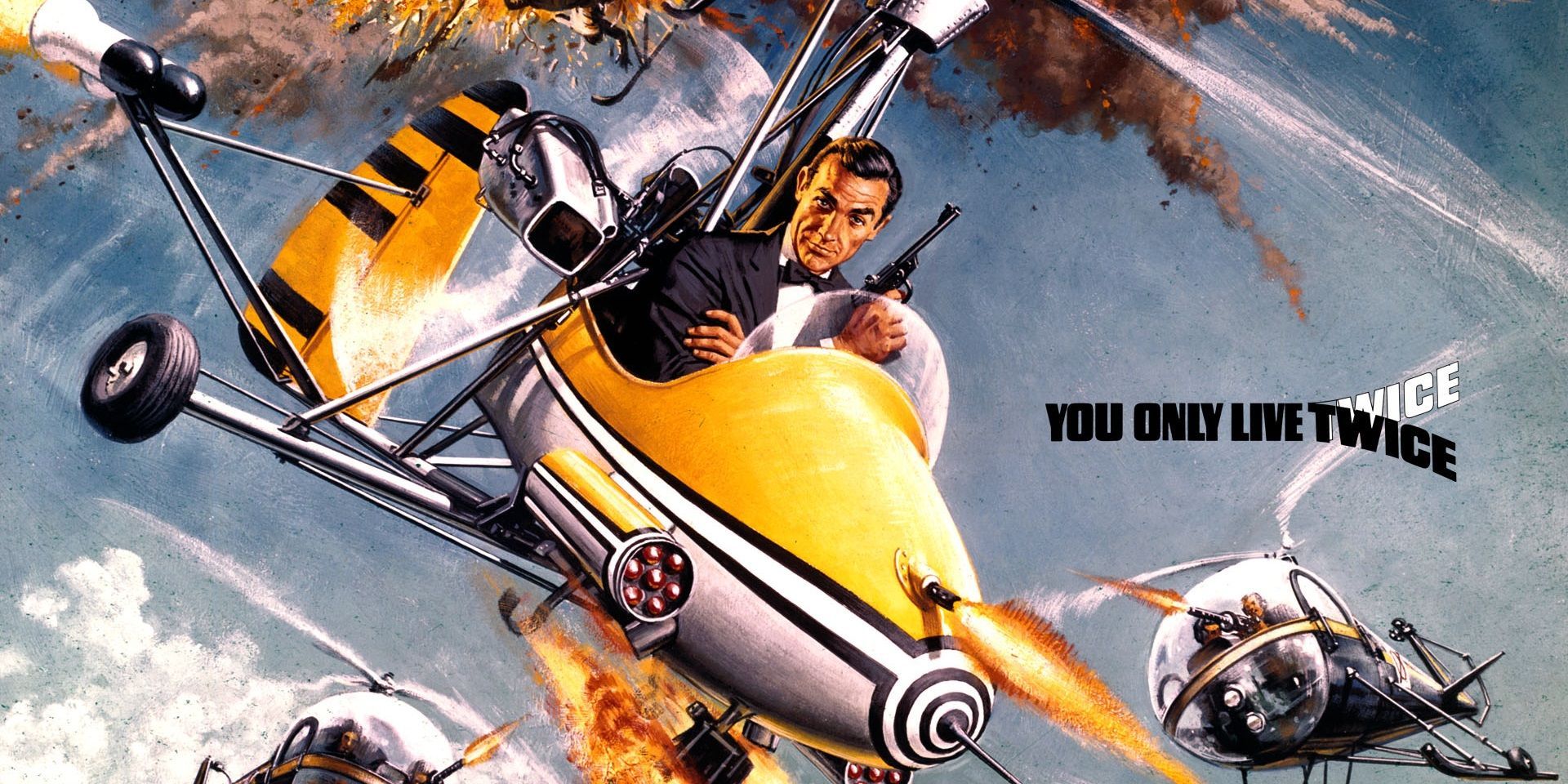
The James Bond franchise has featured its fair share of unique vehicles, as 007 was never shy about trying out a new piece of machinery to get himself out of a sticky situation. One prime example of this was the Wallis WA-116 Agile helicopter, also known by the nickname Little Nellie, in You Only Live Twice. This flying machine was delivered by Q to Bond in southern Japan, and he used to emerge victorious from the SPECTRE attack by four other helicopters.
The real Wallis WA-116 Agile was first flown in 1964 and could lift twice its own weight, fly 210 km/h, and rapidly climb to 4100 m (via Avia Star.) The variant of the helicopter used by Bond was named Little Nellie after legendary music hall performer Nellie Wallace, as she shared the same surname as Ken Wallis, the man who developed this autogyro. As a small but effective flying vehicle, Little Nellie was the perfect means of transport for a solitary spy like James Bond.
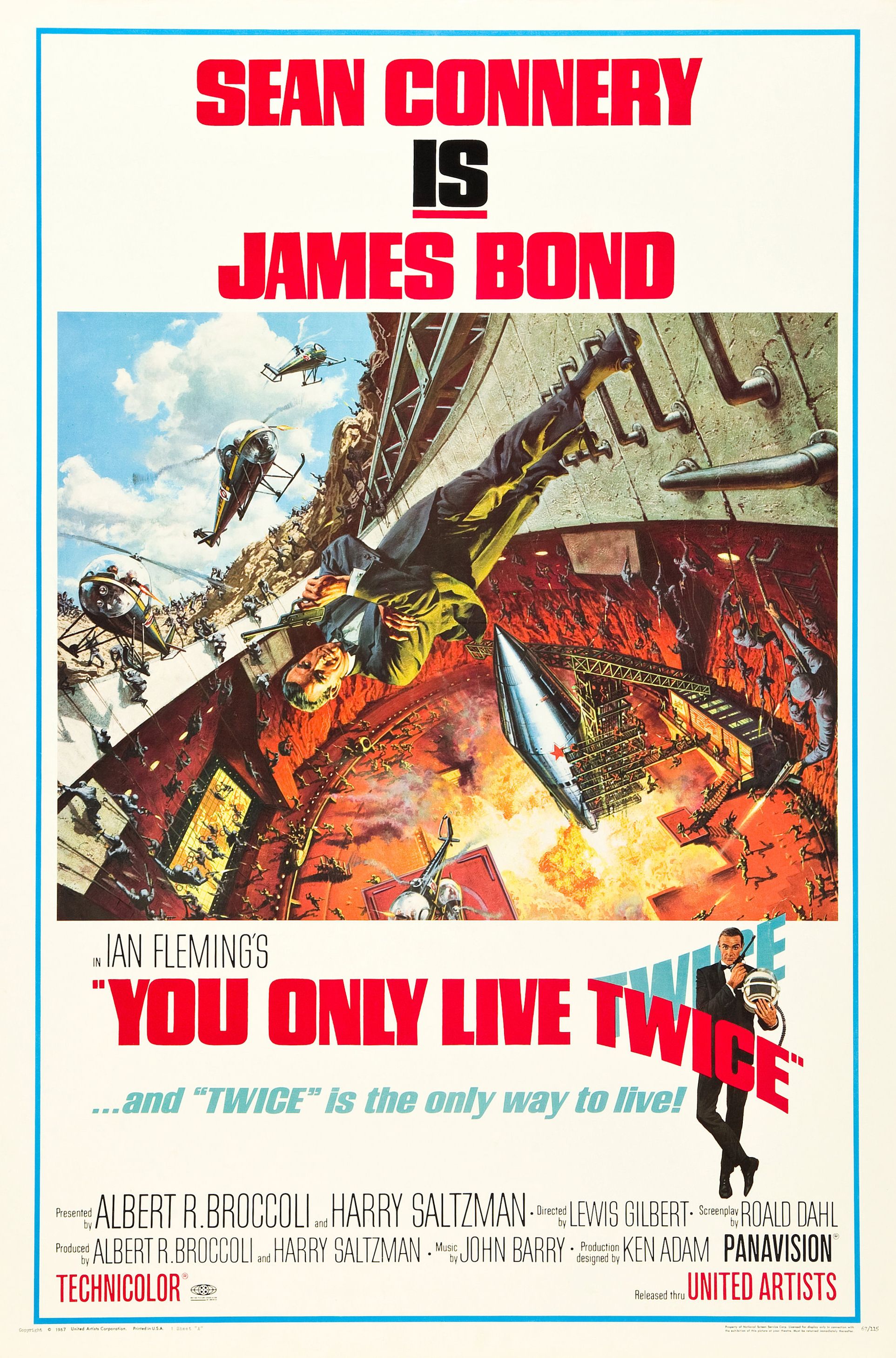
Your changes have been saved
James Bond fakes his death to investigate the hijacking of American and Soviet spacecraft. In Japan, he uncovers a plot by SPECTRE, led by Blofeld, to incite global war. Bond teams up with Japanese agents, infiltrates a volcanic lair, and prevents the outbreak of World War III.
Director Lewis Gilbert
Release Date June 13, 1967
Runtime 117 minutes
5 Fake Fingerprints
Diamonds Are Forever (1971)
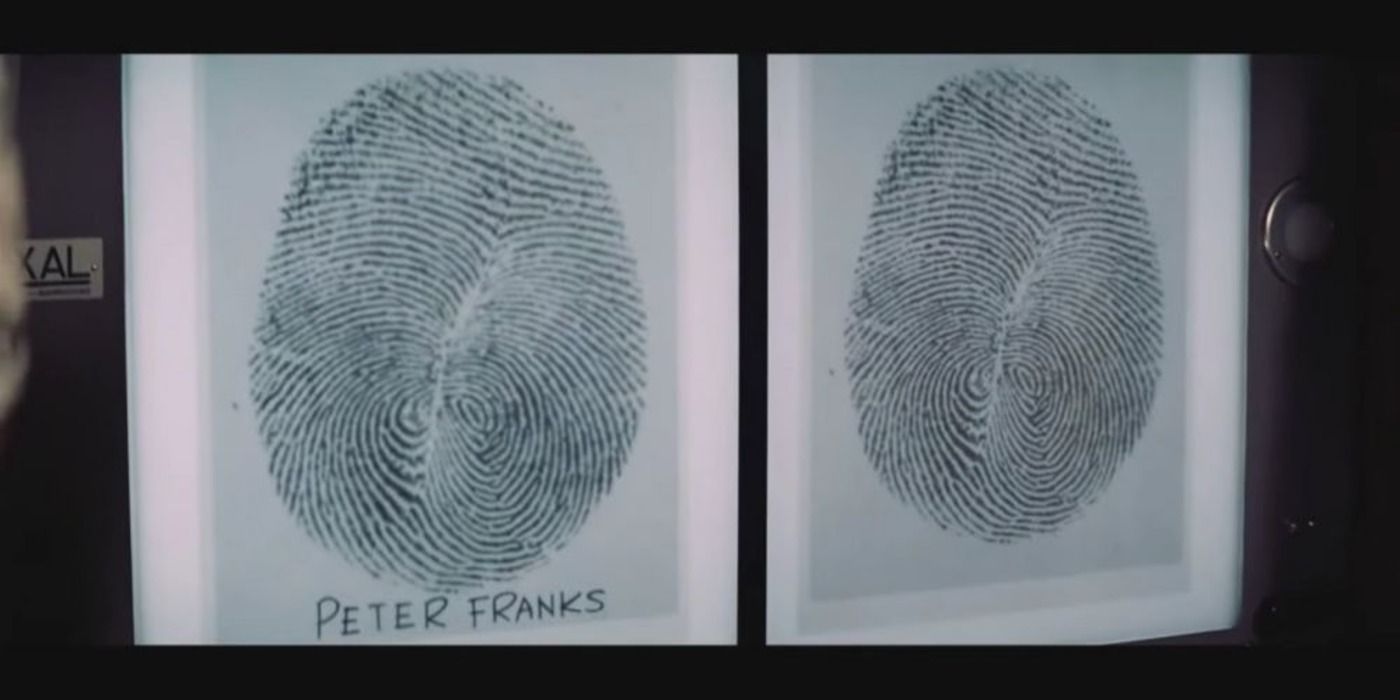
Biometrics are the means by which science can identify individuals and include everything from facial mapping, retina scans, and, of course, fingerprints. This type of deep, scientific recognition can be troublesome for a spy like James Bond, who tried to conduct his work as incognito as possible. One way by which 007 overcame biometric identification in Diamond Are Forever was through the use of a fake fingerprint, which he used to trick Bond girl Tiffany Case into thinking he was somebody else.
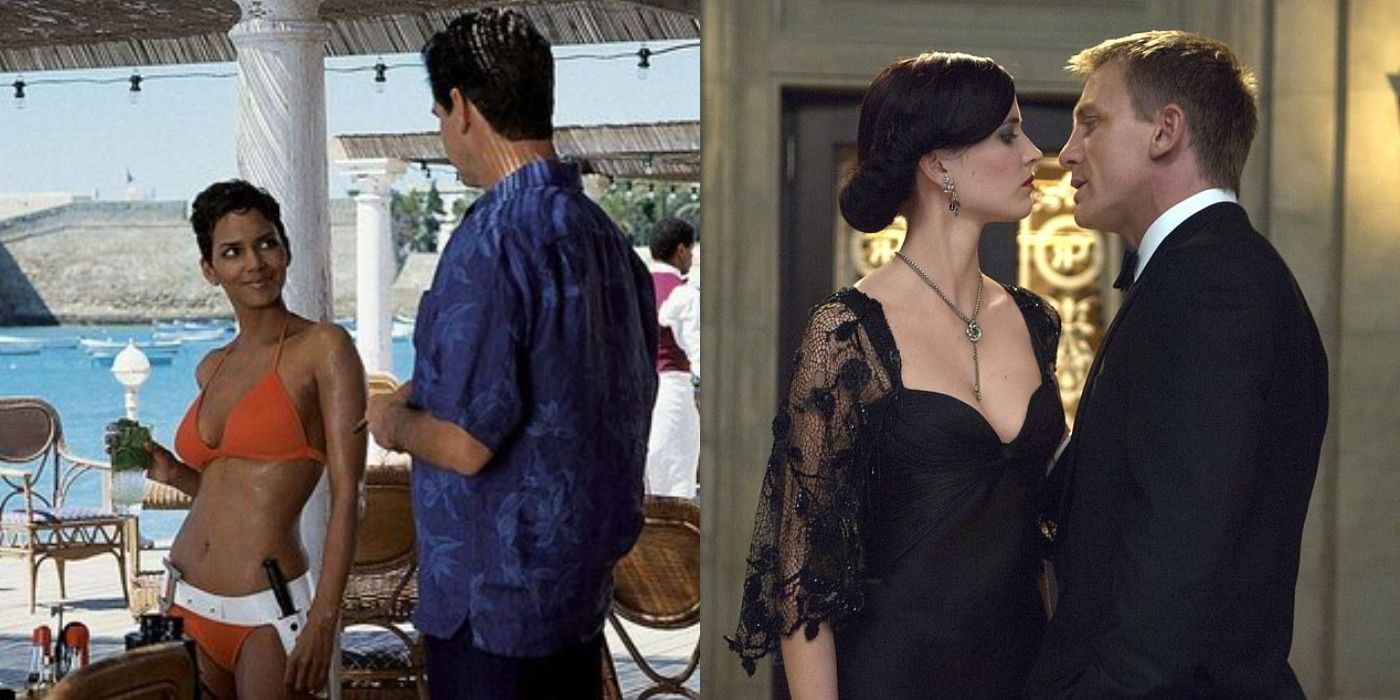
Related
James Bond: The 10 Best Bond Girls, Ranked By Bravery
Bond girls are generally not expected to be brave or heroic but a few of them have distinguished themselves by having more guts than the rest.
While fake fingerprints sound like yet another cinematic invention, the truth is they are actually real and can imitate genuine fingerprints in biometric systems. Although at the time fake fingerprints weren’t really up to the level that Bond had access to back in 1971’s Diamonds Are Forever, it seems real science has caught up with MI6’s movie tech. According to the Guardian, researchers have now used a neural network to generate artificial fingerprints that work as a “master key” for biometric identification systems, which proves that fake fingerprints are now possible.
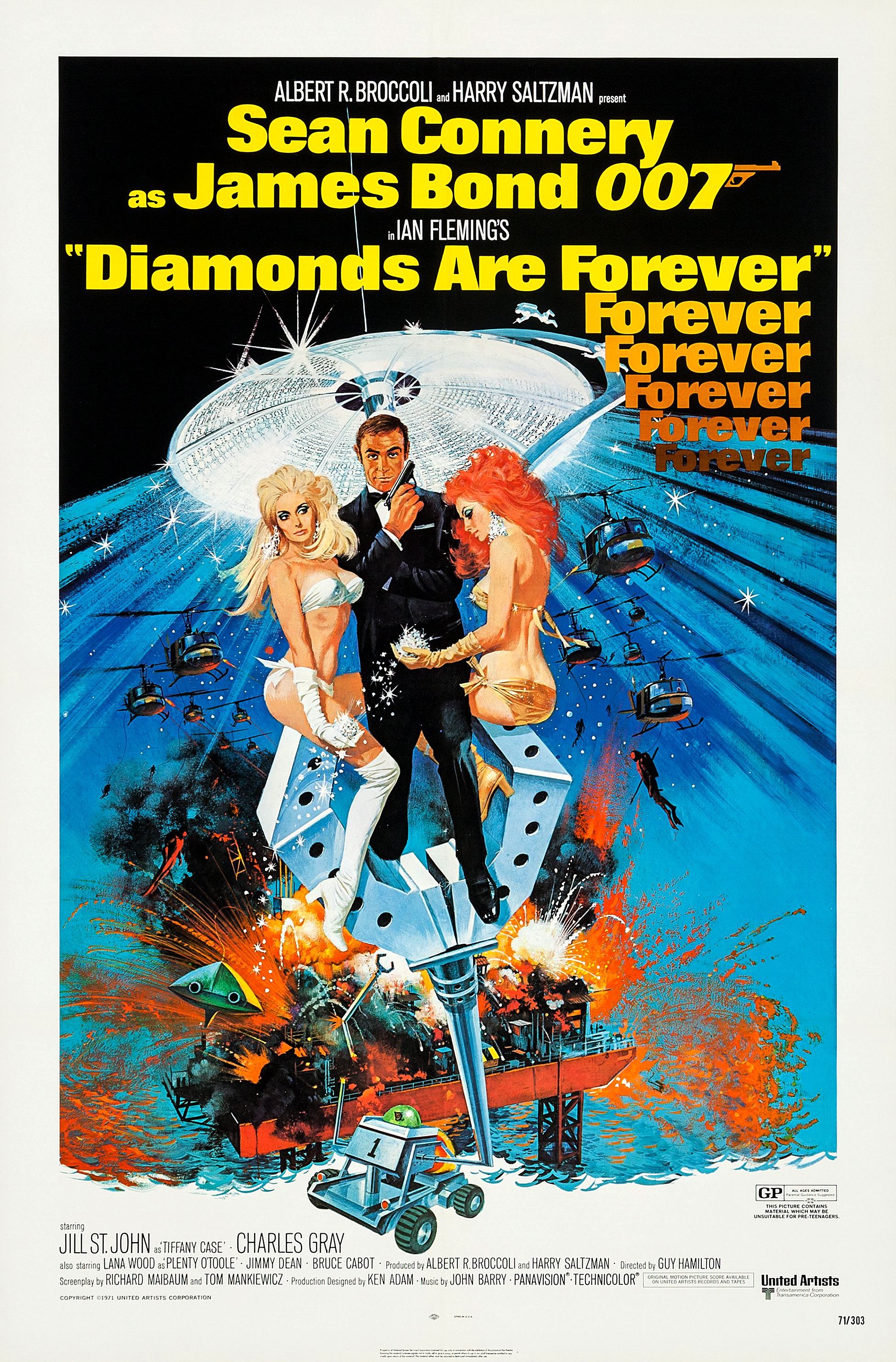
Your changes have been saved
James Bond infiltrates a diamond smuggling ring, uncovering a plot by his arch-nemesis Blofeld to build a space-based laser weapon. From Amsterdam to Las Vegas, Bond faces off against Blofeld's henchmen and foils the plan, ensuring the diamonds return to their rightful owners.
Director Guy Hamilton
Release Date December 17, 1971
Runtime 120 Minutes
4 The Wet Nellie Submarine Car
The Spy Who Loved Me (1977)
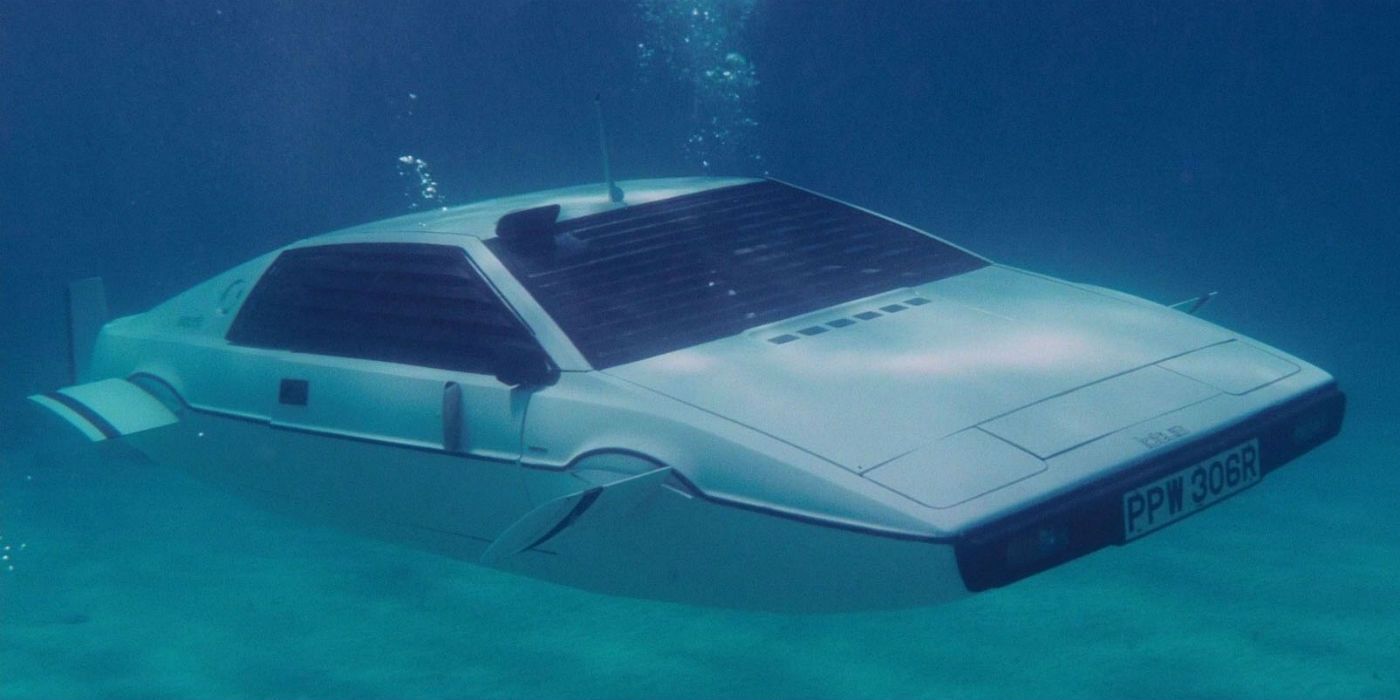
While it’s easier to dismiss many of the gadgets seen in the James Bond franchise as simply clever uses of special effects, the submarine car seen in The Spy Who Loved Me was actually custom-built for the movie and a functioning submarine vehicle. As a submarine in the shape of a Lotus Esprit S1 sports car, this vehicle was nicknamed Wet Nellie in reference to the mini-helicopter Little Nellie previously seen in the Sean Connery Bond movie You Only Live Twice.
Wet Nellie was driven by Roger Moore’s Bond and was seen driving off a pier into the ocean as it utilized impressive amphibious and submarine technology. After the filming of The Spy Who Loved Me was completed, Wet Nellie went on a promotional tour and was eventually sold at auction in 2013 for £550,000 to Elon Musk (via Guardian), who stated he has plans to transform the submarine into a fully functioning vehicle just like it was used in the movie.
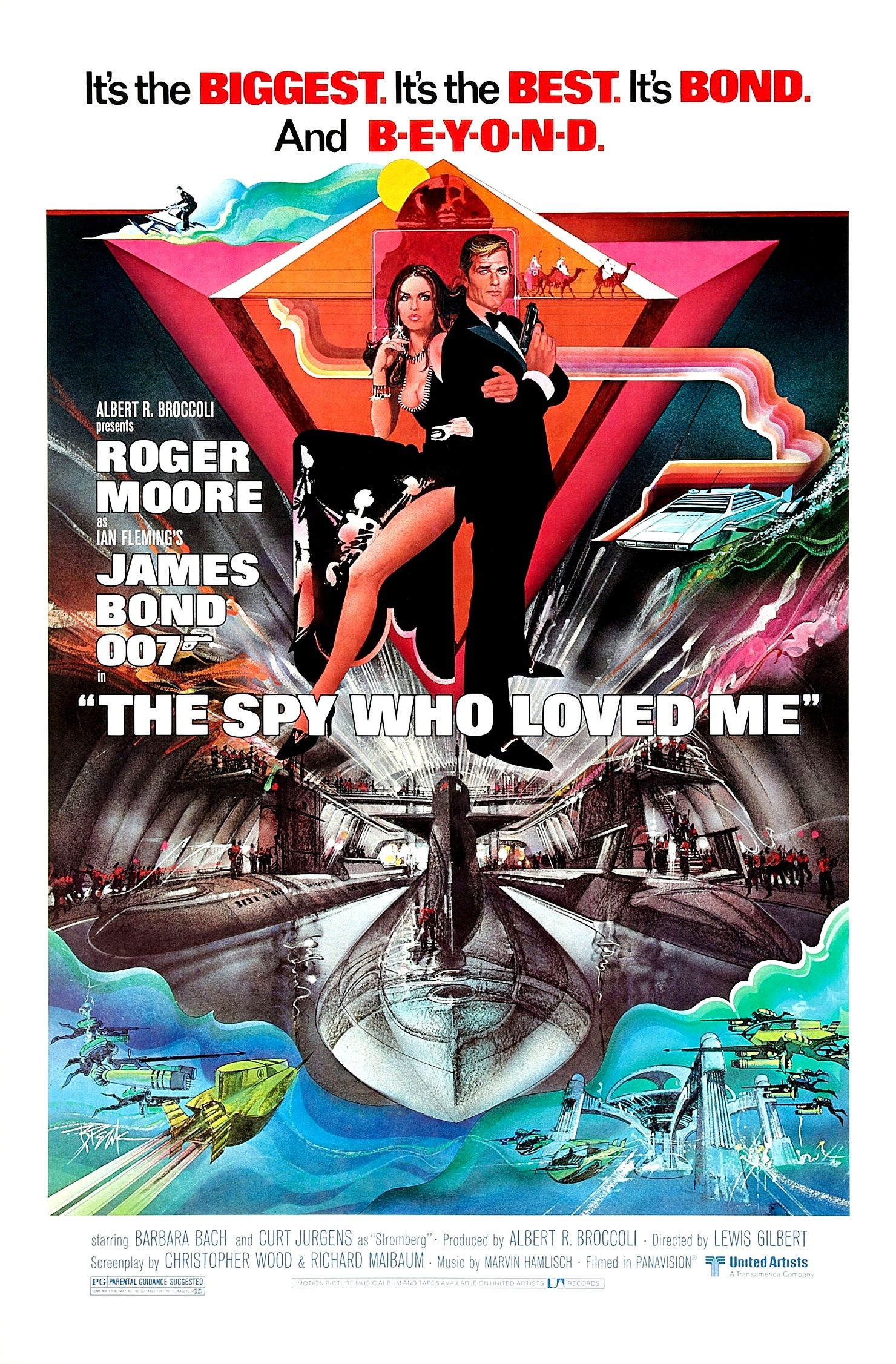
Your changes have been saved
The Spy Who Loved Me, a 1977 James Bond film, features Roger Moore as the iconic British spy. Directed by Lewis Gilbert, the story follows Bond as he teams up with Soviet agent Anya Amasova, played by Barbara Bach, to thwart a megalomaniac's plan to trigger World War III. The film is noted for its exotic locations, thrilling action sequences, and the introduction of the formidable henchman, Jaws.
Director Lewis Gilbert
Release Date July 7, 1977
Distributor(s) United Artists
Cast Roger Moore , Barbara Bach , Curd Jürgens , Richard Kiel , Caroline Munro , Walter Gotell
Runtime 125 minutes
Budget $13.5 Million
3 Smartphone
Tomorrow Never Dies (1997)
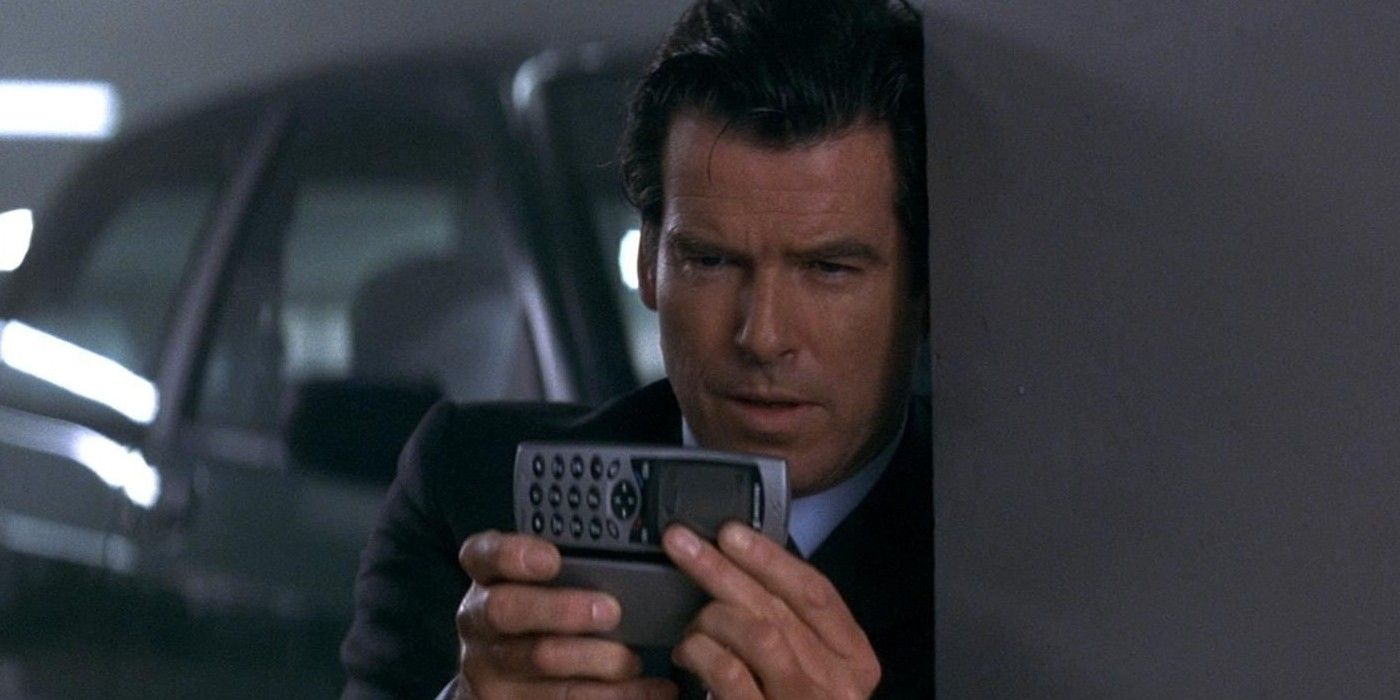
One of the most interesting things about the longevity of the James Bond franchise was witnessing how once-wild technology became cornerstones of everyday life. This was certainly the case for the advanced smartphone used by Pierce Brosnan’s 007 in Tomorrow Never Dies. This fictional cellphone was named the Ericsson JB988 and was modified by the British Secret Intelligence Service to have a fingerprint scanner, vehicle remote control for Bond's BMW 750iL, and a 20,000-volt electroshock weapon.
While today’s smartphones have yet to implement weapons, everything else about Bond’s futuristic phone has come true. In fact, modern smartphones' use of the Internet and the sheer volume of data they can hold mean that even the most basic phone today has become a lot more useful than Bond’s own Ericsson JB988. This novelty of Bond’s high-tech phone showcased just how much the world has changed since 1997, as smartphones have become an essential factor of modern life.
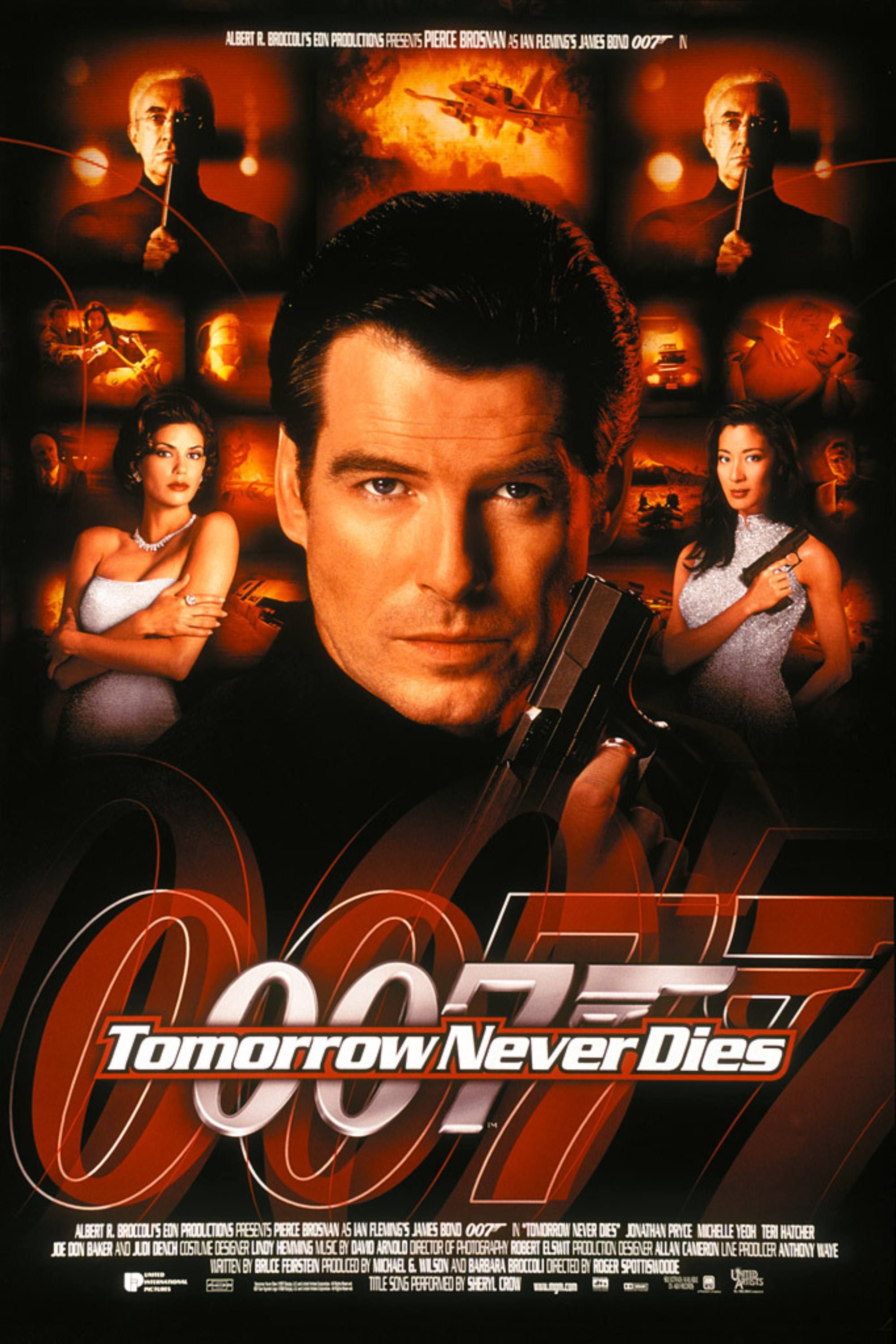
Your changes have been saved
Tomorrow Never Dies follows James Bond, played by Pierce Brosnan, as he faces off against media mogul Elliot Carver, portrayed by Jonathan Pryce. Carver seeks to spark a global war to boost his media empire's ratings. Bond teams up with Chinese agent Wai Lin, played by Michelle Yeoh, to thwart Carver's plan, navigating a series of high-stakes confrontations and elaborate schemes across various international locations.
Director Roger Spottiswoode
Release Date December 19, 1997
Runtime 119 Minutes
2 X-Ray Glasses
The World Is Not Enough (1999)
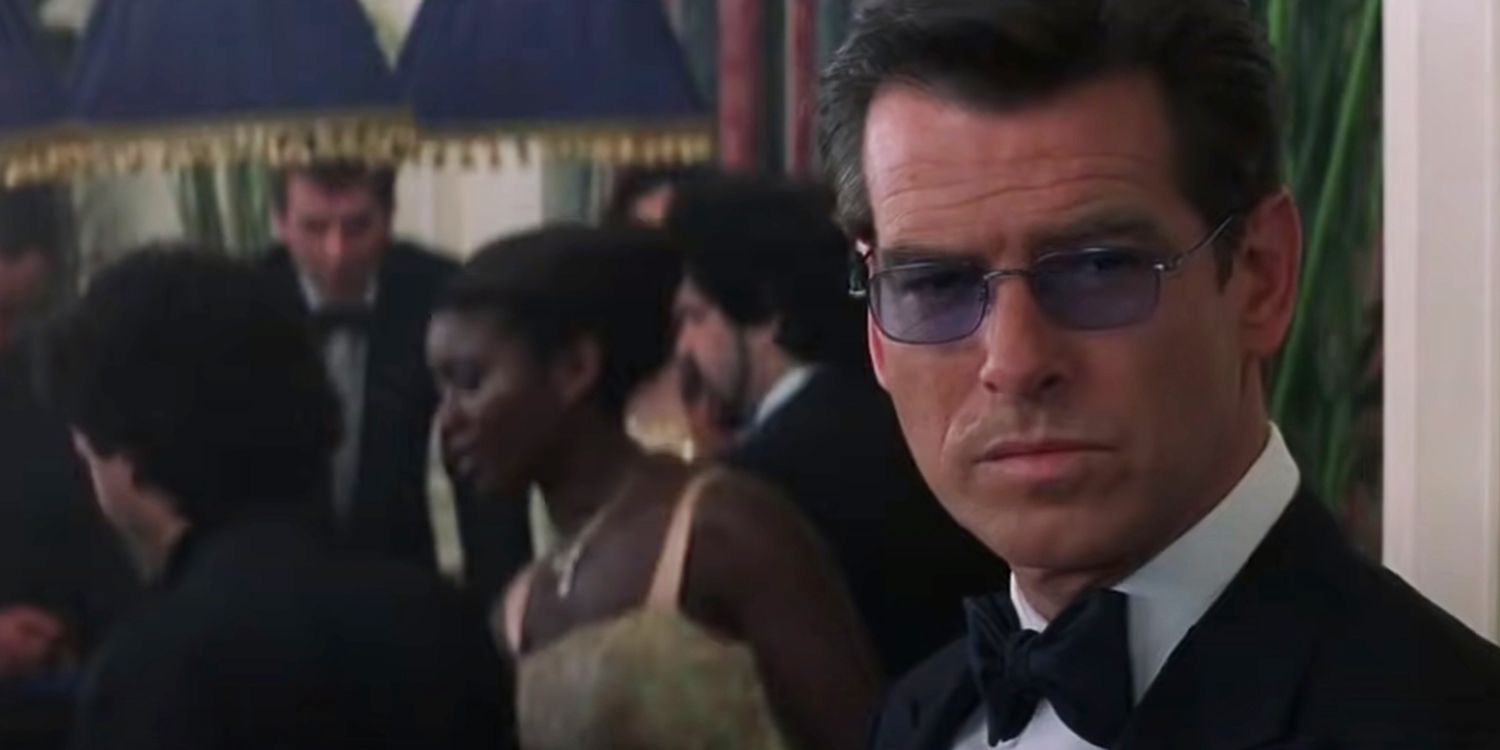
One of the best pieces of James Bond tech was seen in The World Is Not Enough when Pierce Brosnan’s 007 utilized X-ray glasses. This ingenious piece of gadgetry allowed Bond to see under his foes' suit jackets, meaning he could quickly and discreetly determine whether they were armed or not. While the idea of making real glasses that allow users to see underneath other people’s clothes may sound a little dodgy, the real-life application of this science has been much more wholesome and purposeful.
The development of real X-ray specs has instead allowed doctors and nurses to locate patients' veins for intravenous treatments (via Daily Mail.) The Eyes-On Glasses System was developed by Evena Medical and the Japanese electronics company Epson to allow medical practitioners to see through a patient's skin for medical purposes. While this was quite different from Bond’s gun-detecting technology, much in the same way 007 used them to save his life, these glasses will be used to aid doctors in their missions of virtue.
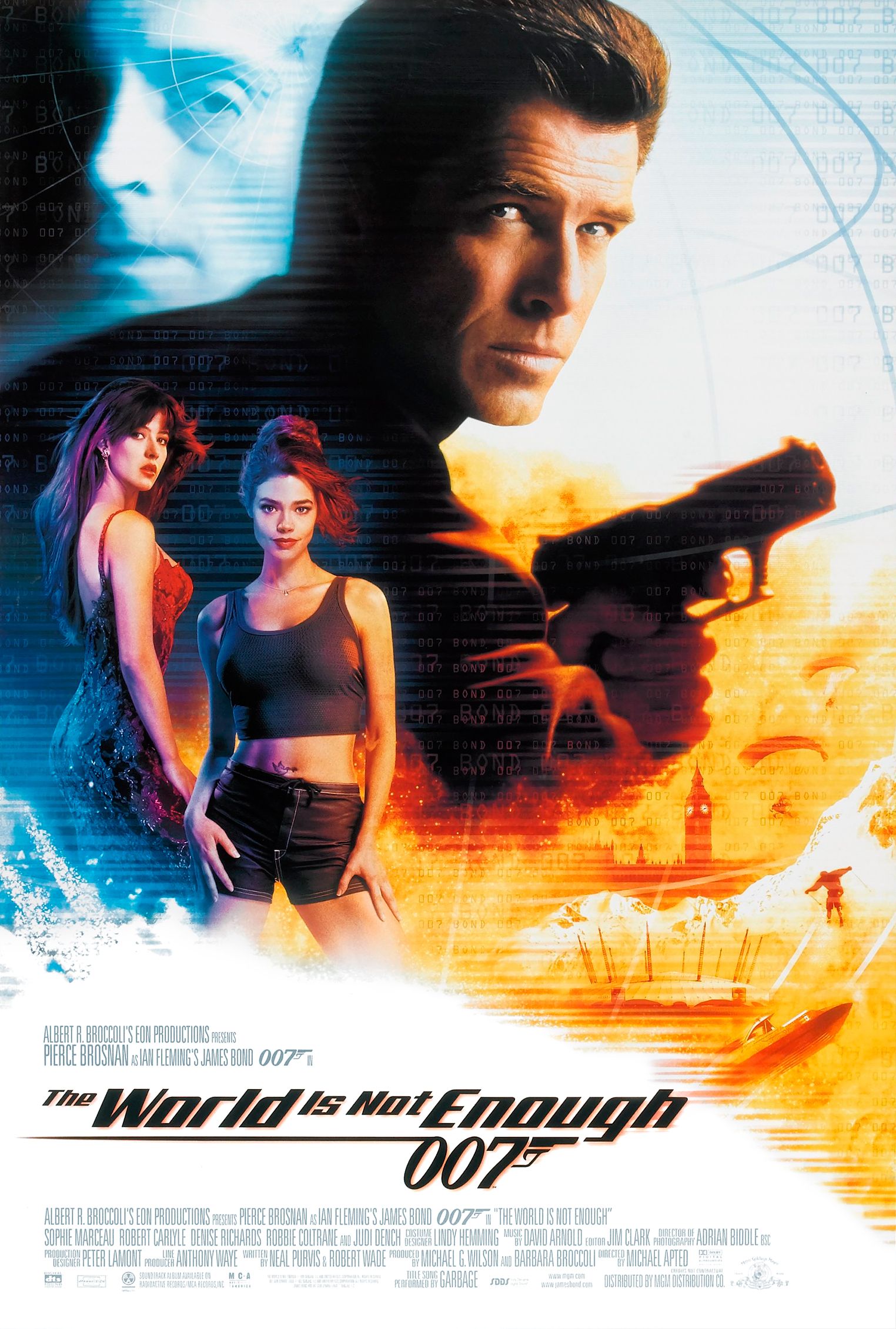
Your changes have been saved
James Bond is assigned to protect Elektra King, the daughter of a murdered oil tycoon, and to prevent a terrorist from destroying her family's pipeline. As he delves deeper into the case, Bond uncovers a complex web of deception and betrayal. The terrorist, Renard, is a former KGB agent who feels no pain due to a bullet lodged in his brain. Bond's mission takes him from the high-stakes world of international oil politics to the dangerous terrains of the Caspian Sea. Along the way, he joins forces with nuclear physicist Dr. Christmas Jones to thwart a plot to trigger a nuclear meltdown in Istanbul.
Director Michael Apted
Release Date November 19, 1999
Runtime 128 minutes
1 Microchip Implant
Casino Royale (2006)
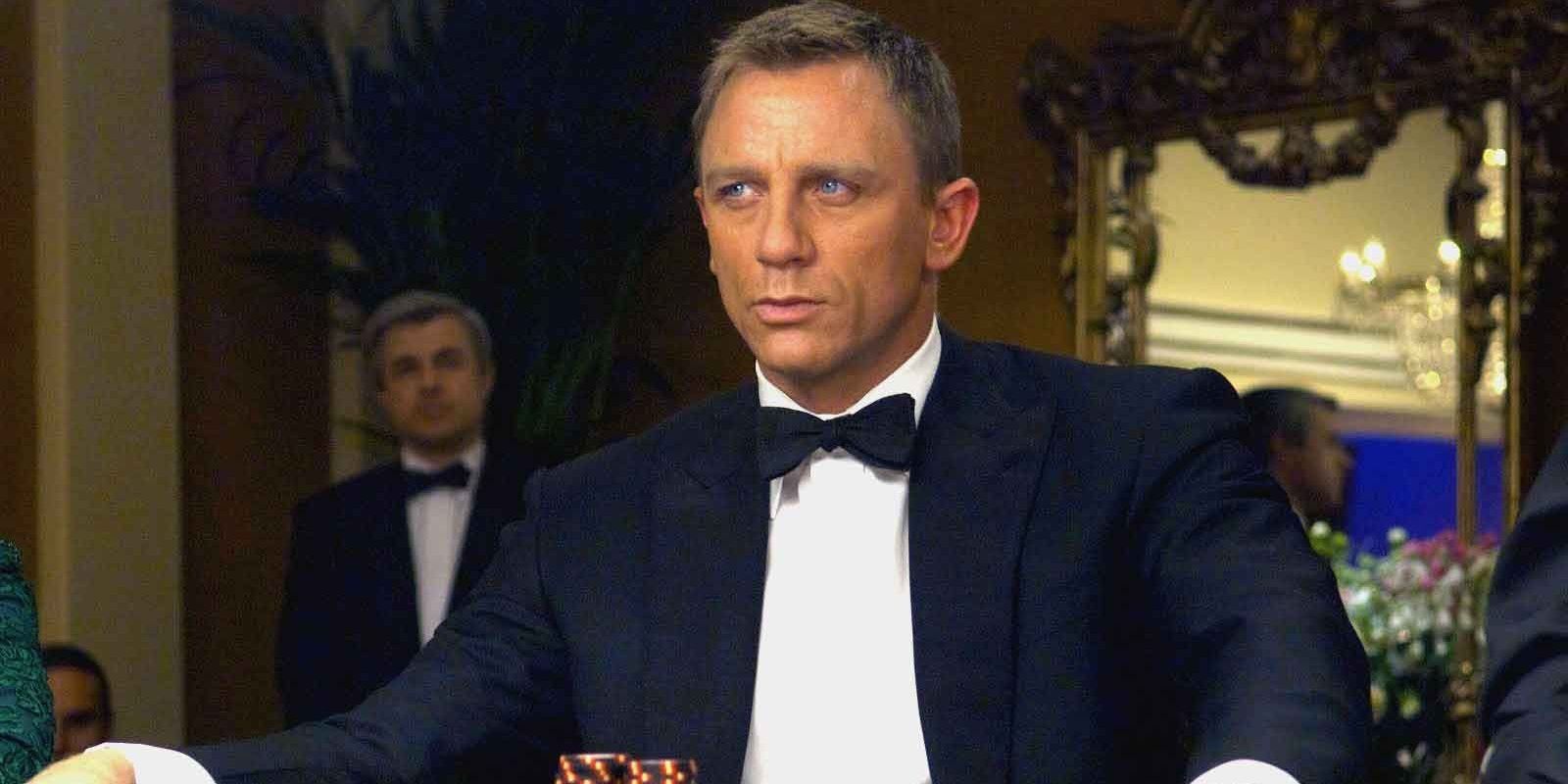
Casino Royale was the first outing of Daniel Craig as 007, who reinvigorated James Bond for the 21st century and acted as a realistic exploration of a more vulnerable Bond. However, this modern reboot of the cunning MI6 agent did not do away with the series' iconic gadgetry, as Bond utilized everything from a portable defibrillator to an explosive keychain. One fascinating piece of tech also seen in Casino Royale was the microchip implant that monitored Bond’s vital signs and sent real-life information to MI6 regarding his health and whereabouts.
As if Tesla and SpaceX CEO Elon Musk weren’t already enough of a real-life James Bond-esque character, the development of his Neuralink company has been turning Bond’s microchip into a reality (via BBC.) Neuralink aims to connect human brains with computers to help tackle complex neurological conditions. This fascinating melding of mind and machine was a prime example of the gadgetry of James Bond no longer being a thing of fantasy as science inches ever closer to technological breakthroughs far beyond what’s been envisioned in spy fiction.
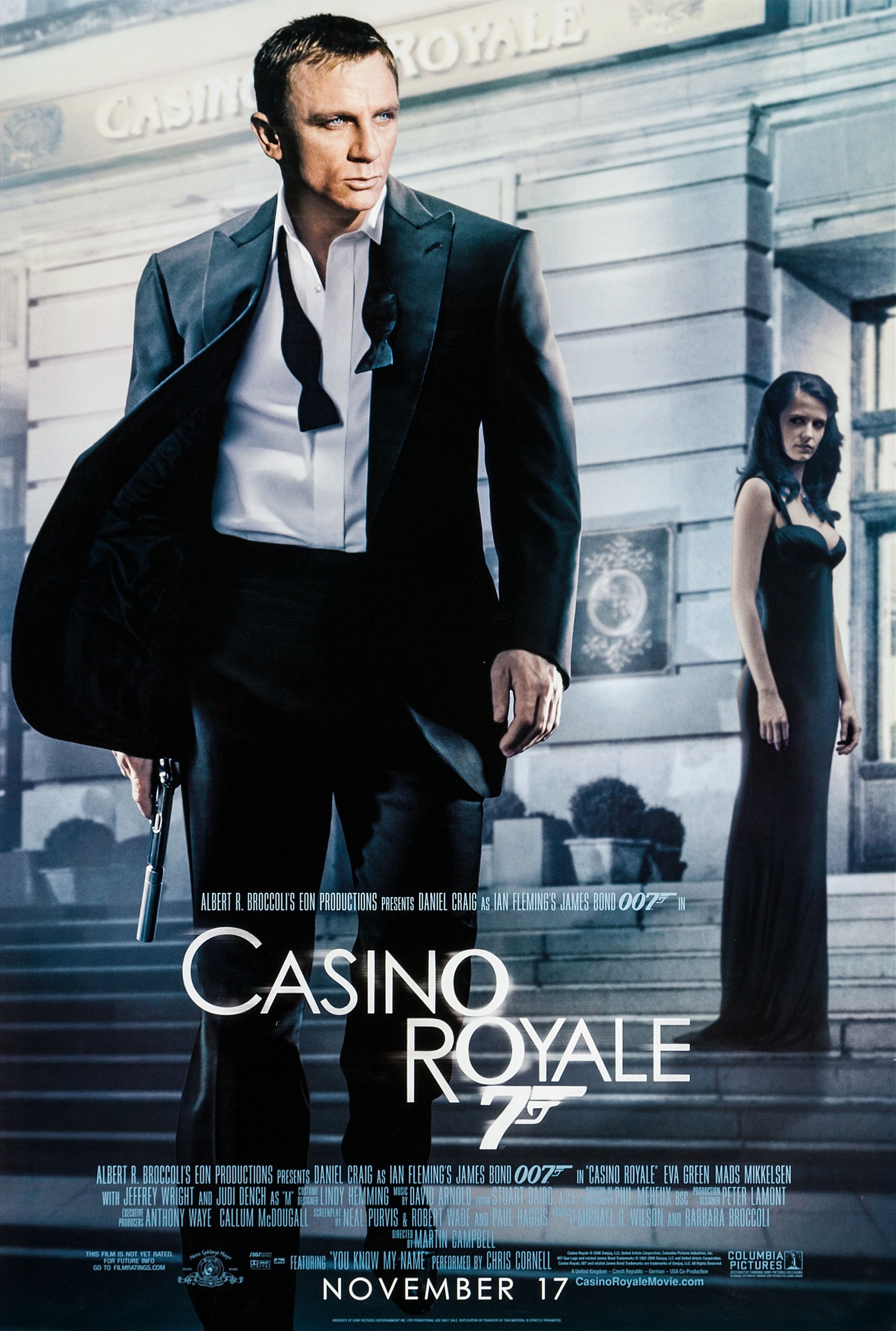
Your changes have been saved
The twenty-first film in Eon's James Bond franchise, Casino Royale, stars Daniel Craig as secret agent 007. Introducing Craig to the role with an origin story, Casino Royale shows Bond earning his MI6 codename before being tasked with infiltrating a casino in Montenegro in order to bankrupt a terrorist financier known as Le Chiffre (Mads Mikkelsen). However, Bond's assignment is more complicated than it seems, as Le Chiffre seems to have inside knowledge of the MI6 agent's plan.
Director Martin Campbell
Release Date November 14, 2006
Studio(s) Sony
Distributor(s) Sony
Runtime 144 minutes
Budget $150 million
Sources: 510 Auto Group, Guardian, Avia Star, Guardian, Guardian, Daily Mail, BBC









 English (US) ·
English (US) ·